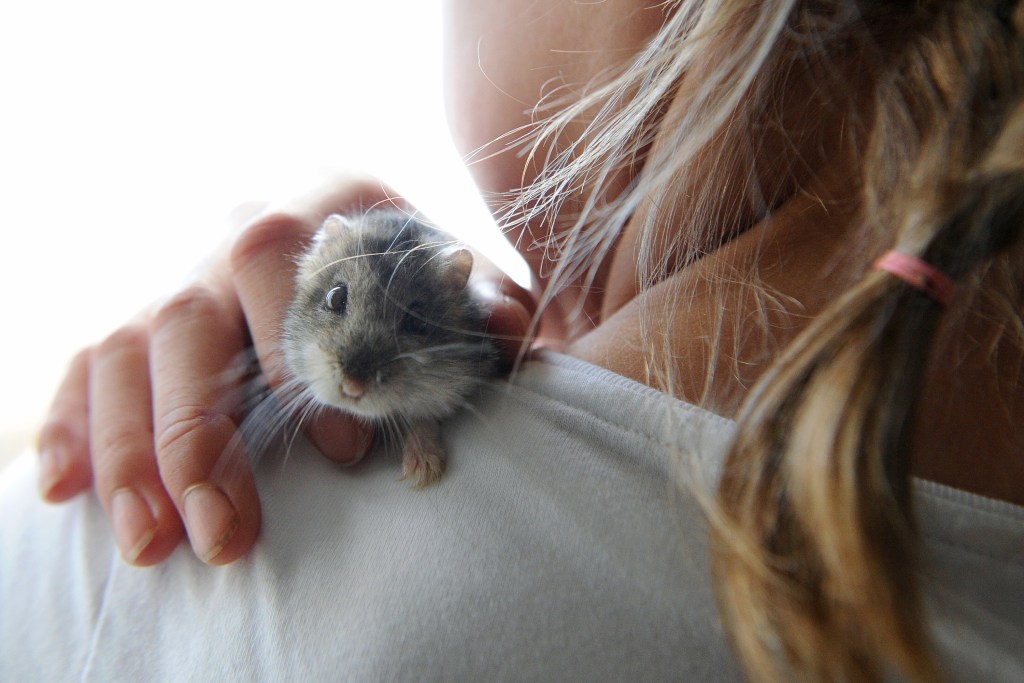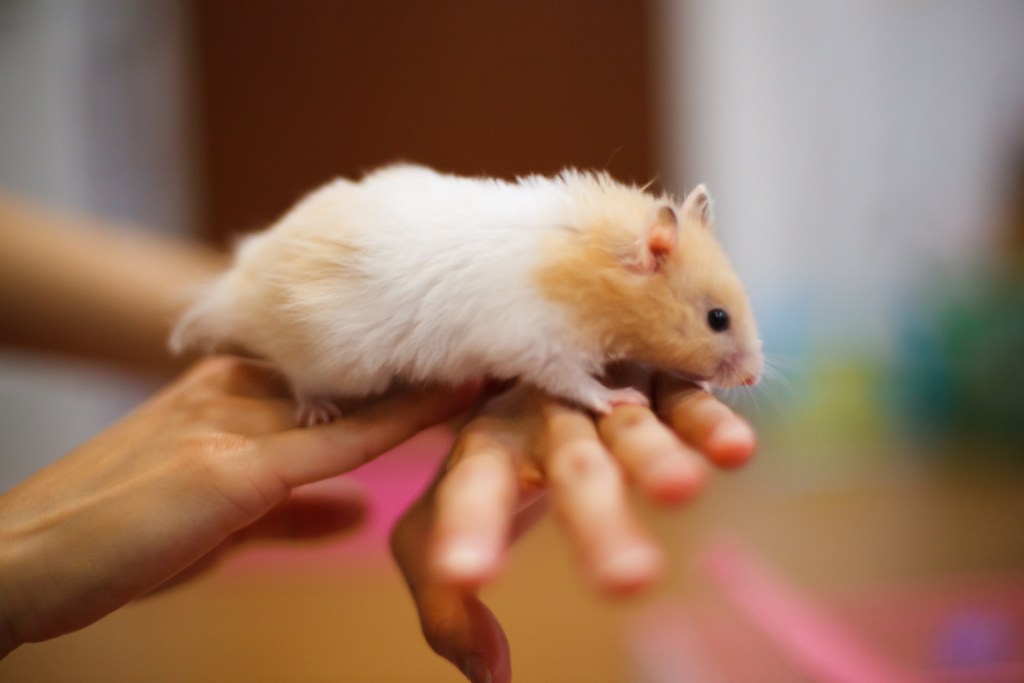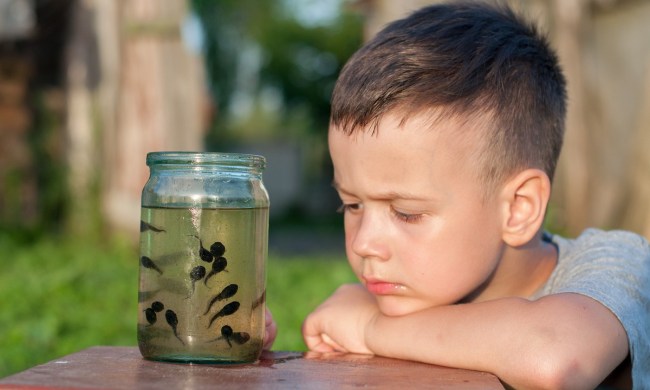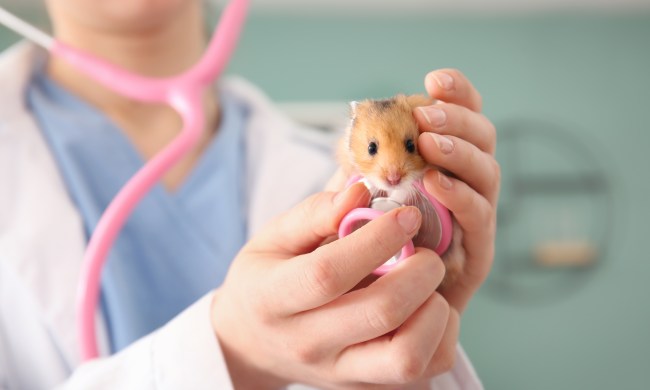You might not know it, but there actually isn’t just one hamster species. When you picture this sweet rodent in your head, you’re probably seeing the Syrian variety (stay tuned for more info on them). In fact, there are many different breeds, and one may wind up working better than another for you, depending on your situation. Dig a little deeper and discover their defining traits so you can determine which will match the best with your household.

How many hamster species are there?
In the wild, you can find around 20 individual species roaming Europe and Asia. However, we only regularly keep five types as pets. You should think of the hamster varieties as being divided into three categories: Syrian, dwarf (there are three that fit here), and Chinese. While sometimes you see the Chinese hamsters lumped in with the dwarfs, they’re actually their own special group that isn’t quite as common as the other four. All five of these look very different and they also have wildly different personalities. In order to choose the right one, you’ll need to know a little bit more about them.
What are the 5 best hamster breeds?
We’ll start with the biggest and go down from there. But don’t forget, more common doesn’t mean it’s the best for you. One of the lesser-known species could wind up being the right one.
Syrian
This hamster is the most common, the biggest, and arguably the friendliest of all the hamsters. At up to seven inches in length with a pleasant golden color and an inquisitive (yet snuggly) personality, it’s almost as if this guy was made to be the perfect pet. If you have small children around, you will probably want to stick with this species since it’s actually easier to manage due to its slightly larger size. However, keep in mind that these guys only ride solo — if you get one, you’ll need to keep only one or they’ll fight.

Chinese
A recent pet and likely the rarest one, these little hamsters look more like rats than anything else. They make it to about five inches plus a very long tail, much lengthier than you’d see on the proper dwarfs. Just like their Syrian cousin, you should keep only one of these animals at a time. They’re often known as the most docile and can act very timid. You can choose from the basic brown and tan or spotted colors.
Campbell Russian
These names get a little confusing but think of this as the biggest of the dwarfs. They’re cool with their own kind, but also prone to nipping occasionally. On the plus side, even though they’re nocturnal, you might see your pet out and running during the day. You also have a wider selection when it comes to this breed.
Winter white dwarf
This one has a lot of names but we’re talking about Phodopus sungorus, known for its stripe and very tameable personality. Unlike the Syrian or Chinese, this breed can live in pairs or small groups, provided you give them enough space. But they breed quickly, faster than the larger animals, so you definitely need to stick with a same-sex colony. Last, but certainly not least, they might switch colors in the winter, which is fun to observe (and great for Instagram).
Roborovski
The littlest and maybe cutest of the hamsters, this sweetie is half the size of the Campbell, so only two inches or so. While it might seem that would make them easy to hold onto it usually means the opposite: they can slip right out of your hands. You should always start socializing your Robo at a young age and keep it up with daily petting, as long as you’re careful since they’ll leap away at any opportunity. Perhaps as a result of their smaller size, this pet can live longer than the others, up to four years.
Final thoughts on choosing your pet
Choosing a rodent for a pet is only the first step to finding the perfect furry friend for your family. You should start by thinking about which characteristics matter most to you: maybe you want to keep a few at a time or perhaps you want a bigger variety for a smaller child. But there’s another way to do it — meet hamsters and see what clicks. Make sure you find a reputable breeder and check that the little mammals all look happy and healthy, then select the one that you take a liking to. Because the cage setup and food are similar, you can bring home whichever one calls to you.



